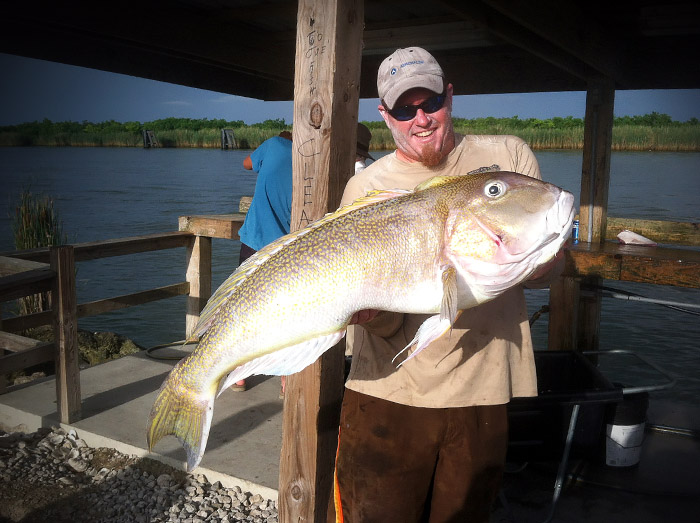- “Sushi in particular is really bad,” Olmsted says, and as a native New Yorker, he knows how much this one hurts. He writes that multiple recent studies “put the chances of your getting the white tuna you ordered in the typical New York sushi restaurant at zero — as in never.”
If you see the words “sushi grade” or “sashimi grade” on a menu, run. There are no official standards for use of the terms.
- In 2007, the FDA banned five kinds of imported shrimp from China; China turned around and routed the banned shrimp through Indonesia, stamped it as originating from there, and suddenly it was back in the US food supply.
- Red snapper, by the way, is almost always fake — it’s probably tilefish or tilapia. (Tilapia also doubles for catfish.)
Dude.
This is Red Snapper.
This is tilefish.
This is tilapia.
Now - you could cut that up, deep fry it, serve it up in a tortilla and call it a taco and some people might be fooled. But most people eat red snapper like this:
There's a lot of "fake" food in the USA. And yes indeed: origin stamps are the best way to get "genuine" food. But parmesan from California isn't "fake" any more than California champagne is "fake" - yeah, it's technically sparkling wine but the grapes don't care. The "fake" salmon described in the article is farmed salmon - still salmon, produced under not-great conditions, but still salmon. If you can't tell the difference between salmon and trout you deserve what you get.
Larry Olmstead is a hell of a writer, but Larry Olmstead boiled down and misquoted by the Post is pretty alarmist.
posted 2832 days ago



